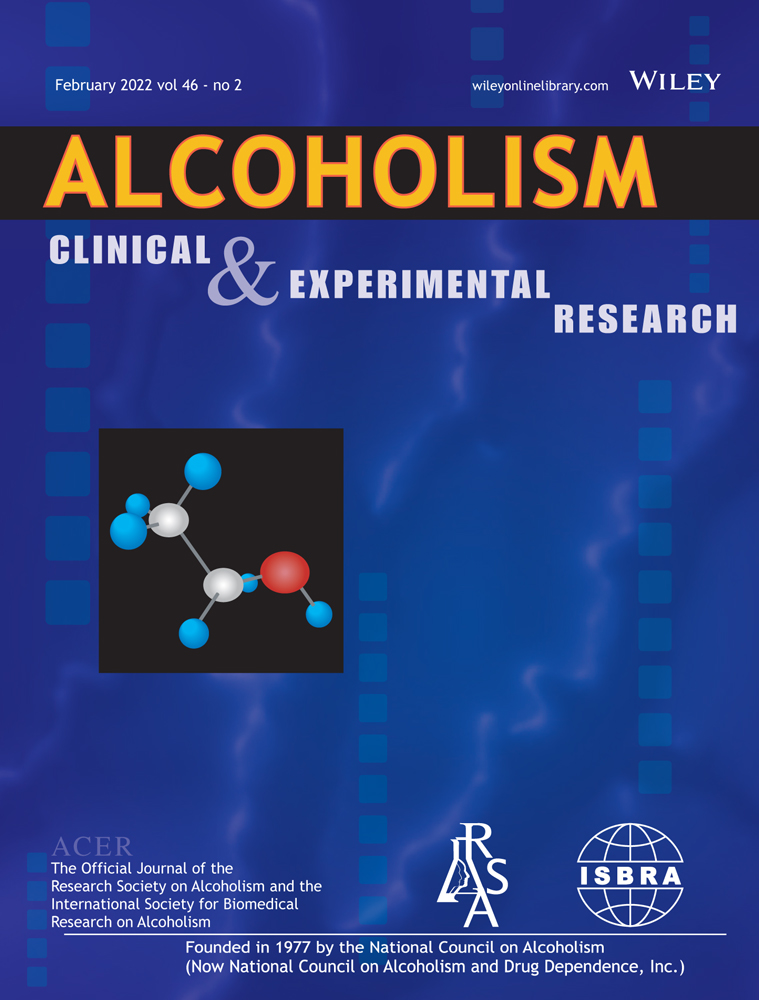Quantitation of phosphatidylethanols in dried blood spots to determine rates of prenatal alcohol exposure in Ontario
Funding information
This study was funded by LCBO CHEO Foundation Fund and CHAMO Innovation Fund CHA-17-001.
Abstract
Background
Estimating rates of prenatal alcohol exposure (PAE) in a population is necessary to ensure that proper medical and social supports and interventions are in place. This study sought to estimate PAE in Ontario, Canada by quantifying phosphatidylethanol (PEth) homologues in over 2000 residual neonatal dried blood spots (DBS).
Methods
A random selection of 2011 residual DBS collected over a 1-week time period were anonymized and extracted. A targeted liquid chromatography–mass spectrometry method was used to quantify 1-palmitoyl-2-oleoyl-sn-glycero-3-phosphoethanol (PEth (16:0/18:1) or POPEth), the clinically accepted biomarker, and six additional PEth homologues. A POPEth level above the United States Drug Testing Laboratories (USDTL) cutoff up to 4 weeks predelivery was indicative of PAE. All PEth homologues were correlated to one another and logistic regression was used to determine the association between PAE status and infant characteristics.
Results
The estimated rate of PAE in Ontario, up to the last 4 weeks of gestation, was 15.5% (POPEth >28.5 nM). Most PEth homologues were moderately to strongly correlated to one another. A low birth weight and preterm birth were both associated with PAE, while being small for gestational age had lower odds of PAE.
Conclusions
The results of this study suggest that PAE may be more prevalent in Ontario than previous estimates by self-report or meconium testing. These findings support the need to consider the effectiveness of current interventions and the design of new interventions to address this significant public health issue.
Graphical Abstract
The rate of prenatal alcohol exposure (PAE) in a sample of neonates from Ontario was estimated by quantifying 16:0/18:1 phosphatidylethanol (POPEth) in newborn screening samples. The rate of PAE was 15.5%, which is higher than previous estimates. Six additional PEth homologues were also quantitated and most showed good correlation with each other. Any detectable POPEth was associated with low birthweight, and being POPEth-positive was also associated with preterm birth and lower odds of being small-for-gestational age.
CONFLICT OF INTEREST
The authors declare no conflict of interest.





